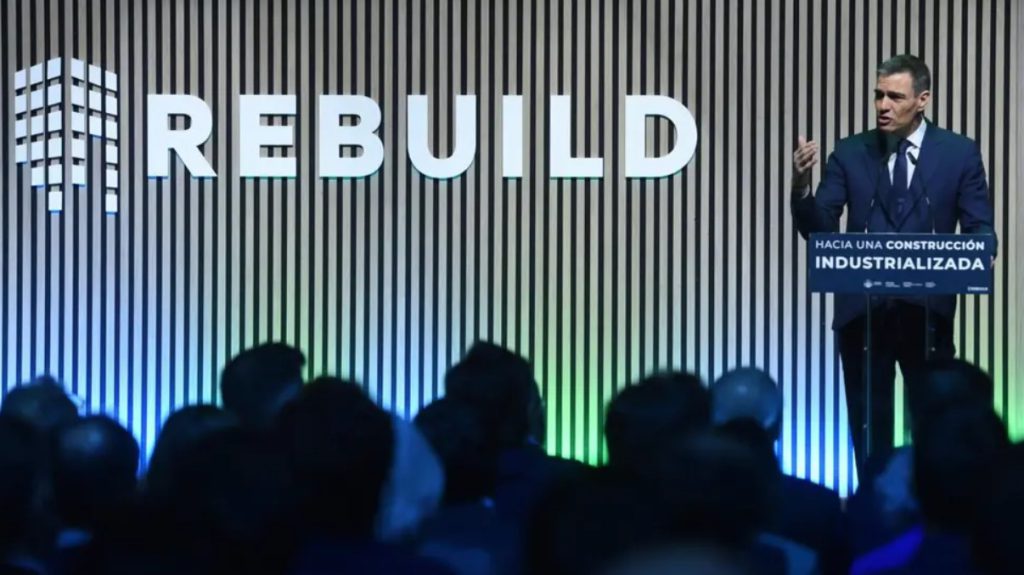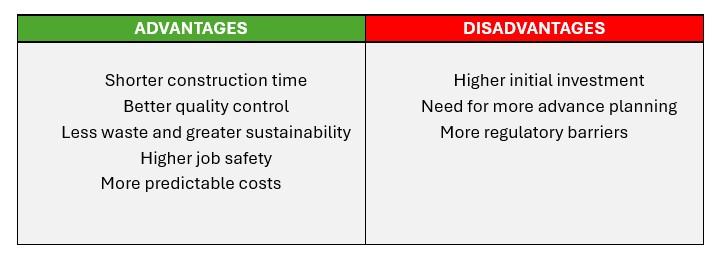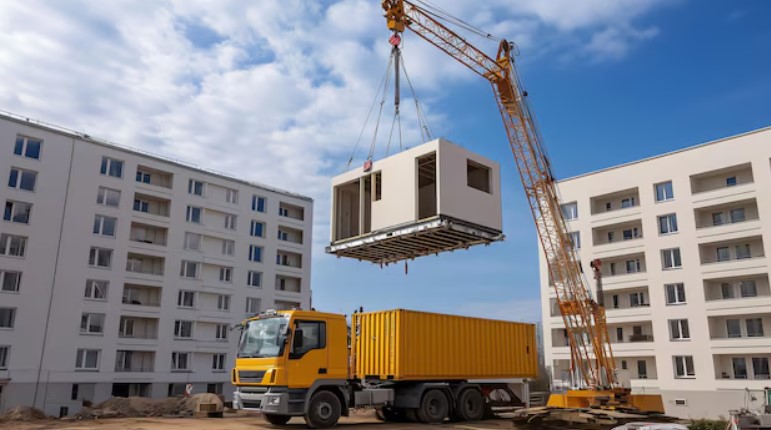Spain’s Prime Minister Pedro Sánchez recently announced the launch of the PERTE (in Spanish, meaning Housing Industrialization Program), an ambitious plan that seeks to transform the construction sector in Spain by adopting industrialized methods with 2D systems (for flat elements such as facades or partitions) and 3D systems (for fully equipped three-dimensional modules). This strategic project involves a public investment of €1.3 billion over 10 years, with the goal of building 15,000 industrialized homes annually, reaching 20,000 units per year by the end of the period.
During his speech at the recent REBUILD trade fair in Madrid (April 23-25), Sánchez underscored the need for a “paradigm shift” in construction, emphasizing the importance of industrialization, digitalization, and sustainability to build homes more quickly, efficiently, and affordably. He also highlighted that this approach will reduce construction times by up to 60%, improve energy efficiency, and reduce waste and CO₂ emissions.

As part of this initiative, the Construction Industrialization City will be established in the Logistics Activities Zone (ZAL) of the Port of Valencia. This center will serve as a hub for innovation, training, and the development of advanced technologies in the field of industrialized construction.
The PERTE also contemplates the mobilization of private investment and the implementation of financing lines through the Official Credit Institute (ICO), with the aim of fostering public-private collaboration and attracting young talent to the sector.
This plan is part of a broader strategy to address Spain’s housing shortage, estimated at 600,000 homes, and to increase the proportion of social housing, which currently represents only 3% of the housing stock, compared to the European Union average of 9%.
But… what exactly does it consist of?
The industrialization of construction is a process that applies industrial principles (such as standardization, automation, and mass production) to the construction of buildings. Instead of building everything on-site (the traditional system), many elements are pre-manufactured in factories and then assembled on-site, like a puzzle. Some examples of industrialized construction include modular or prefabricated homes, paneled facades with built-in thermal insulation, or fully assembled bathrooms and kitchens.
The process is basically as follows:
1) Digital design (Building Information Modeling (BIM) or other 3D models) → Everything is precisely planned to minimize errors and improvisations on-site.
2) Manufacturing in a workshop or factory → Components such as walls, facades, structures, modular bathrooms, and electrical installations are produced in controlled environments.
3) Transportation to the construction site → The parts are transported to the site once they are finished.
4) On-site assembly → They are quickly assembled on-site with less labor and much shorter lead times.

With these measures, the Government seeks to place Spain at the forefront of industrialized construction in Europe, promoting a more sustainable, efficient, and accessible model for all citizens. It is worth noting that industrialization is already revolutionizing the construction sector, especially in affordable housing, hotels, student residences, and hospitals.



